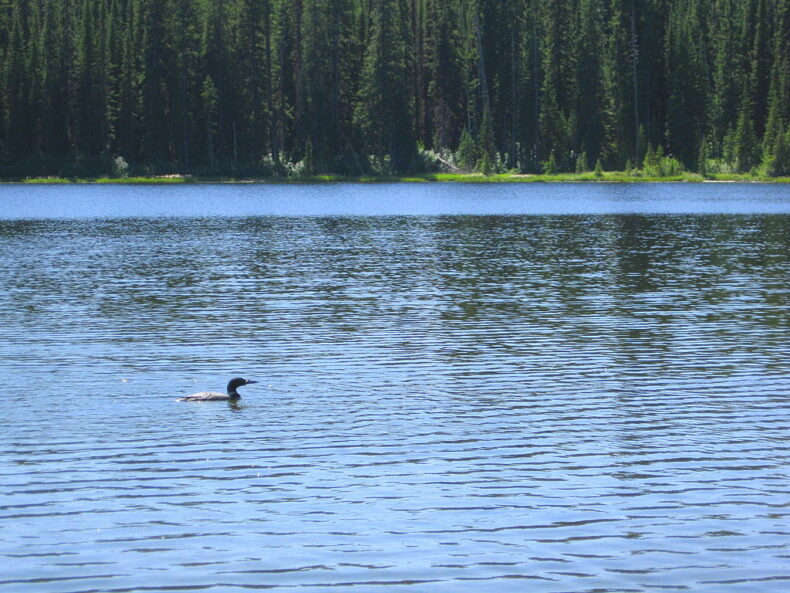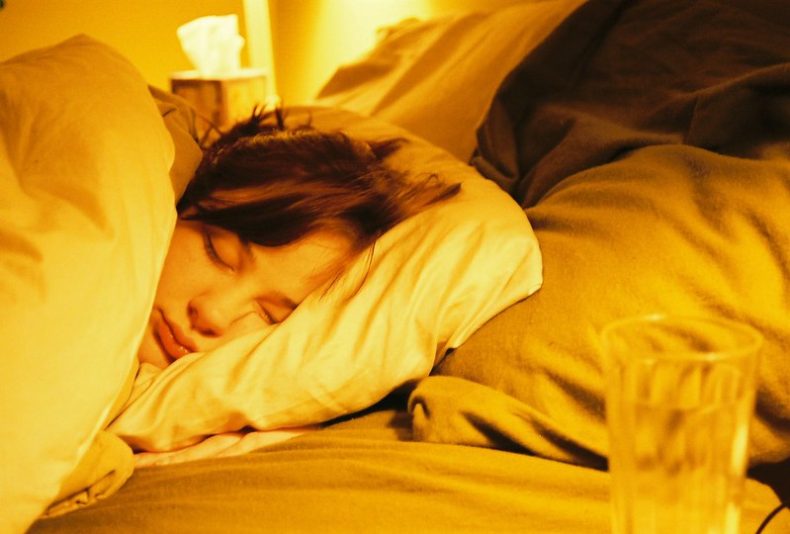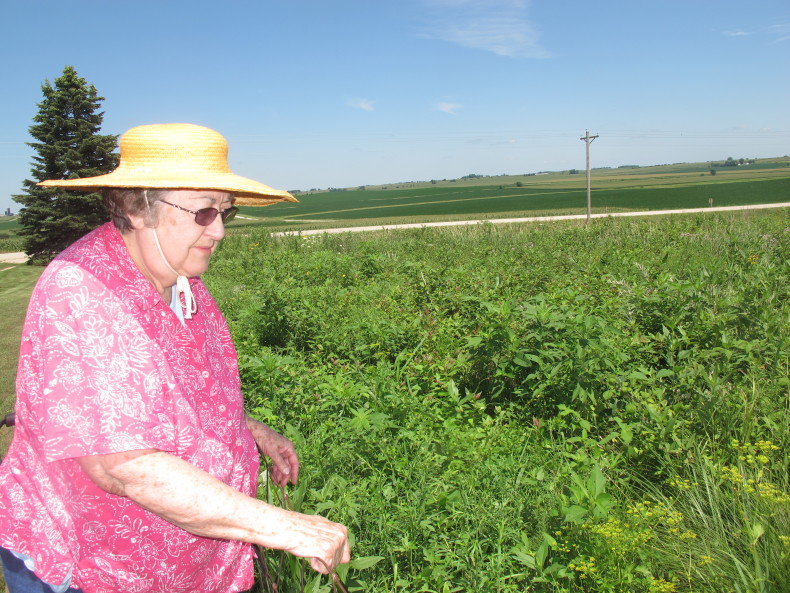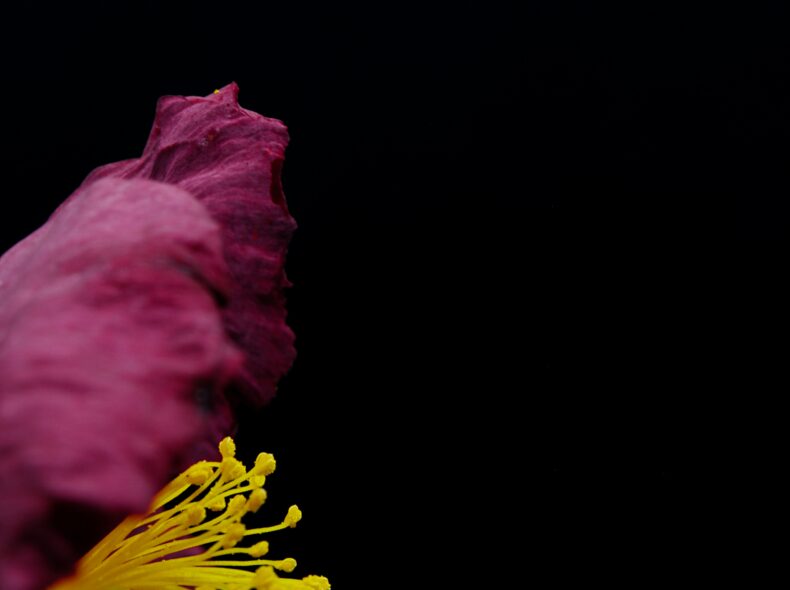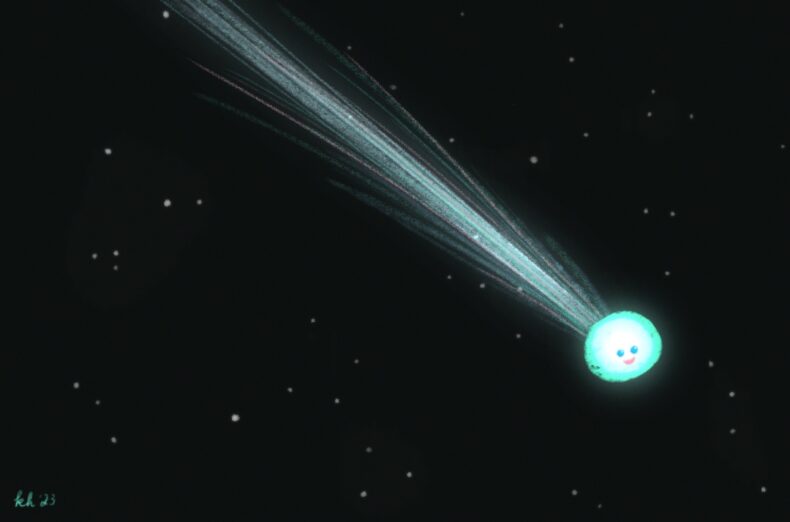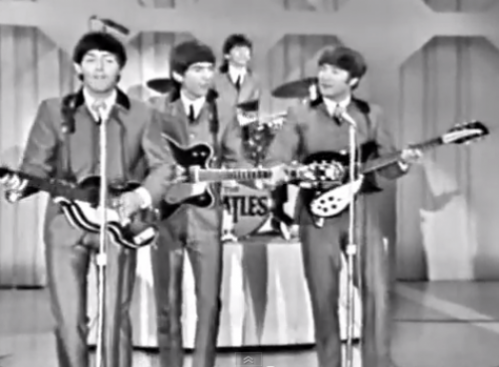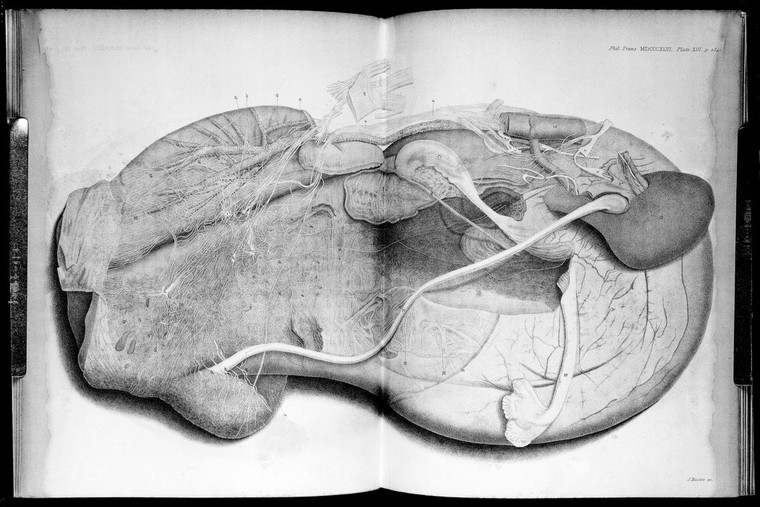This post comes from 2015, which seems like lifetimes ago, and I don’t know what happened to the woman I interviewed or this small patch of earth in Iowa she was defending. I’ve often turned to this memory as a sign of hope in a decaying natural world, one person focusing her life on one small tangle of green in an empire of monoculture.
A summer not long ago I went for a grueling 3-day backpack through GMO cornfields in Iowa, camping among walls of waxy green leaves that sawed against each other in the breeze. I wanted to see what besides corn and soybeans lived out here. Not much, I found. Spiders and ants were few and only the smallest species survived. There were some mushrooms, but not many, and I happened into a whitetail deer one night. Otherwise, it was a catastrophic biological landscape, as if a bomb had gone off killing almost everything but a couple engineered species.
Thrashing out of the hot, dripping fields, my skin coated in sweat and grimy soil the consistency of shoe polish, I set off looking for signs of biologic hope in the area. I ended up at small patch of what is called virgin prairie, a plot of ground near the forgotten town of Butler Center where crops had never been planted. The town itself was gone, plowed under and turned into rows of corn, while this plot called the Clay Hills Preserve had been set aside. No plow had ever touched the ground.
Ruth Haan, a woman in her eighties, was one of the last on a board of volunteers overseeing the preserve. Locals warned me that Haan was losing her mental faculties. Her niece who drove her to the site to meet me on a blistering summer day said right in front of her that she was getting a little loopy.
“Oh, honey, I just need a little help now and then,” Haan said in her sundress, the fat of her arms hanging like handbags.
Haan pushed her wheeled walker across bumpy ground to reach the fence marking the refuge that she’d known her entire life. “Volunteers haven’t met for quite a while because most of us have died,” she said. “I sure hope someone will keep an eye on this after I’m gone. It’s the last piece around.”
Continue reading →
